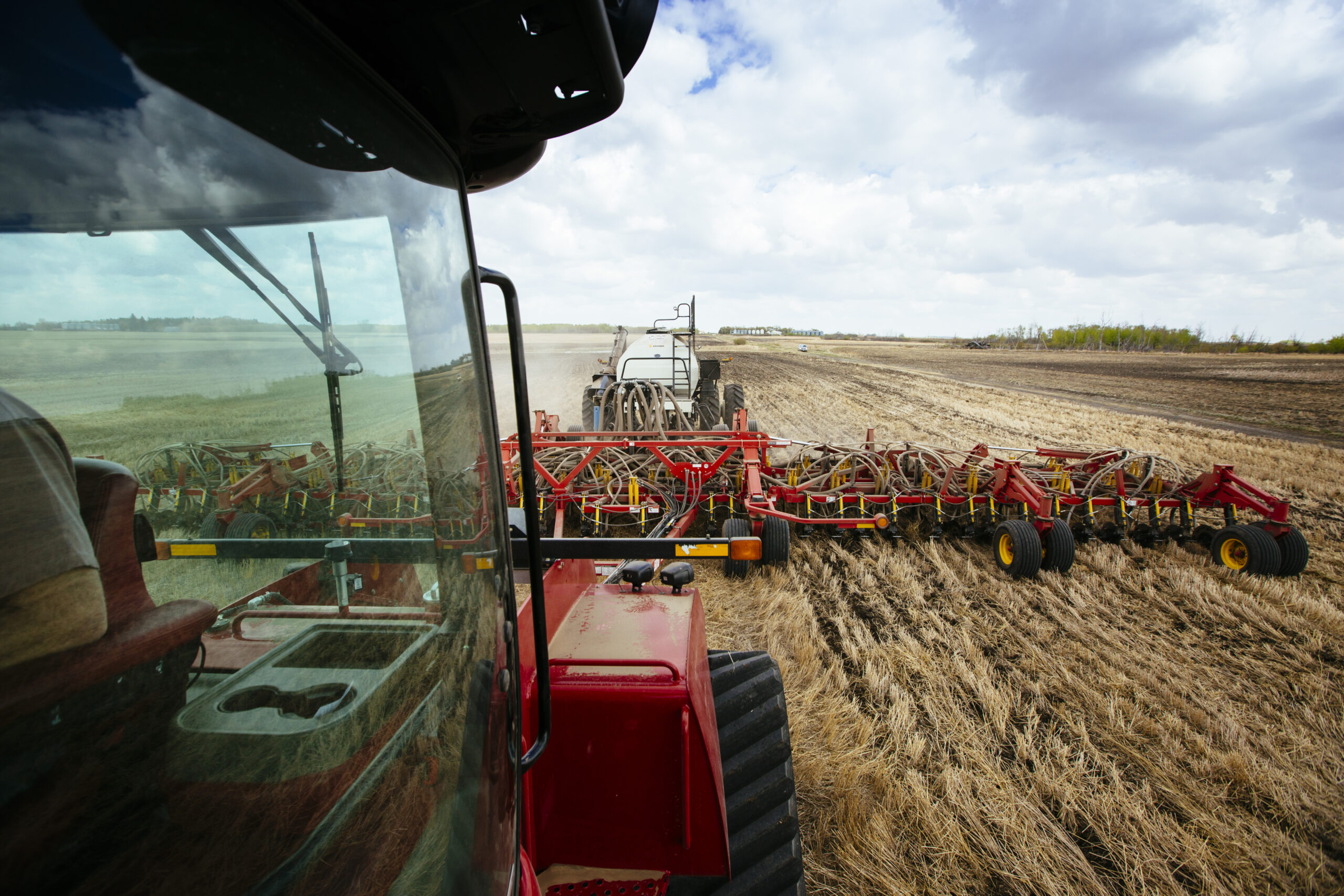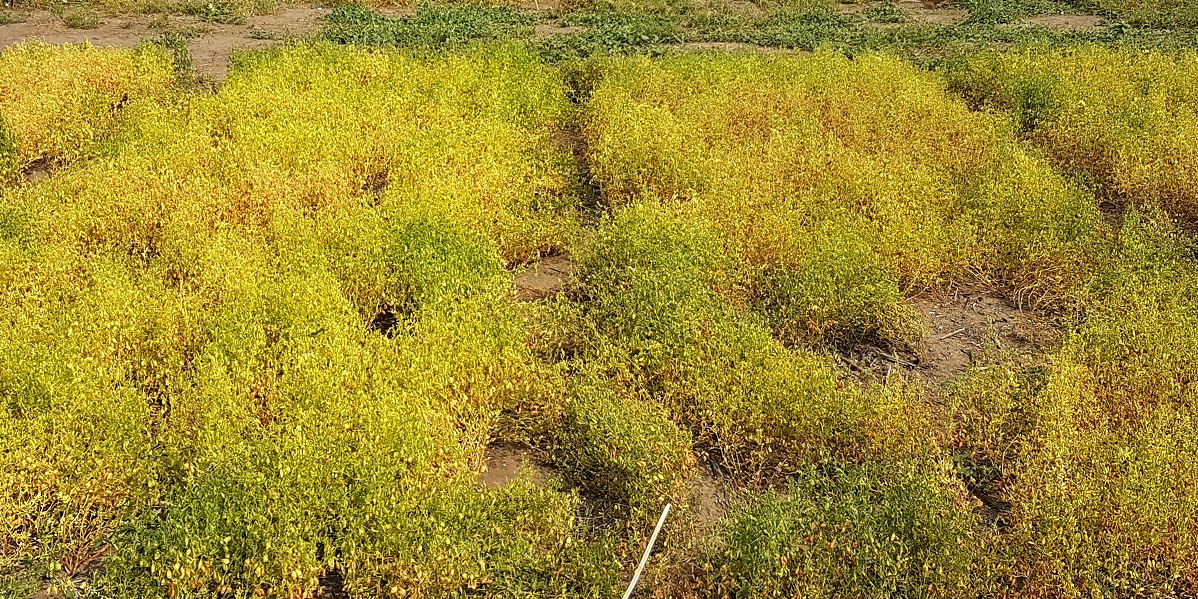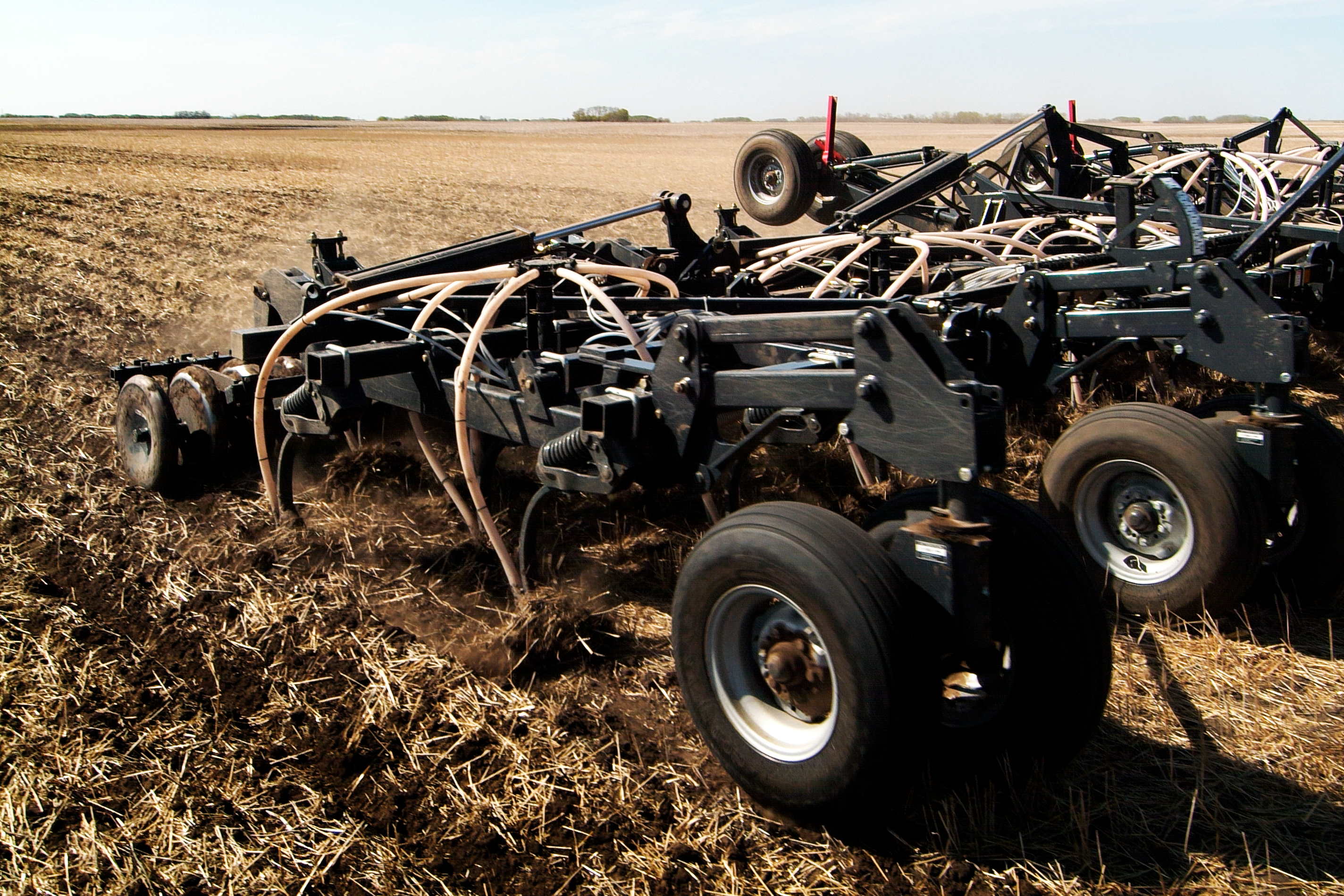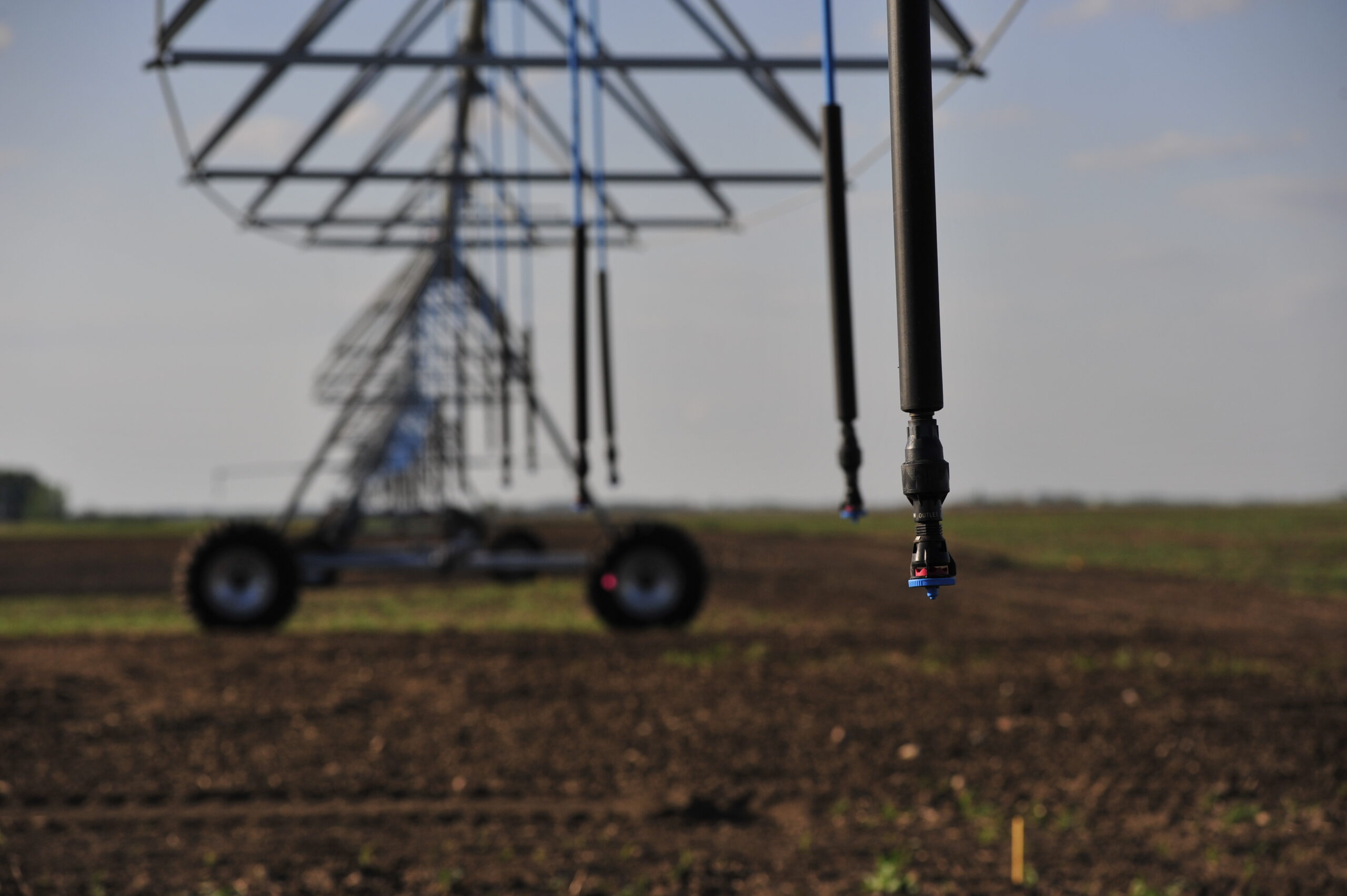Sherrilyn Phelps, M.Sc., P.Ag., CCA
Studies in Europe, the United States, and Australia have determined that optimal seeding rates for lentils should exceed 130 plants per metre squared (m2), especially when weed control strategies are a concern. The current recommended plant population for lentils in Saskatchewan under conventional systems is 130 plants/m2 or 12 plants per square foot (ft2).
Local research by Steve Shirtliffe, Professor of Plant Sciences at the University of Saskatchewan (U of S) and Yantai Gan, Research Scientist, Alternative Crops and Diversification with Agriculture and Agri-Food Canada, has shown that even under weed free conditions, small and extra small lentils had a higher yield and economic returns at double the recommended seeding rate. Higher plant populations can increase yields and provide better weed competition in situations where herbicide options to control weeds are limited, such as in organic systems, and may be used as an integrated strategy to help compete against herbicide-resistant weeds. Integrating increased seeding rates in combination with herbicide applications may reduce the yield limitations when herbicide-resistant weeds are present, and be a tool to delay the onset of herbicide resistance to new herbicide chemistries.
A plant population study was performed with the large green CDC Sovereign lentil variety at the U of S in 2005 and 2006 at two organic locations in Saskatchewan (Can. J. Plant. Sci. 89: 1089-1097). Seeding rates evaluated ranged from 15-375 viable seeds/m2. As seeding rates increased, lentil biomass increased and weed biomass decreased. The increased competition with weeds at higher plant populations also resulted in higher yields. From this research it was recommended that organic growers or growers interested in integrated weed control strategies should target 229 plants/m2 for maximum yield and weed suppression. This work was done under organic systems where seeding rate is the main tool for weed management. At 85% emergence this would equate to targeting 269 seeds/m2 seeding rate.
A more recent study by Colleen Redlick from the U of S with a red lentil variety (CDC Impala) evaluated seeding rates (130, 260, and 520 seeds/m2) in combination with herbicides, mechanical weed control (rotary harrow), and an integrated approach where reduced herbicide rates in combination with mechanical weed control were used. The integrated approach combined with highest seeding rate was able to produce yields equal to the full herbicide treatments. Half the rate of metribuzin in combination with the 260 seeds/m2 seeding rate also produced yields similar to the full herbicide rates. Increasing the seeding rate to 260 seeds/m2 reliably increased lentil yield in typical growing season conditions, and had better net returns than at the lower seeding rate. Under higher moisture there was higher disease pressure, but yields were not affected.
In a separate study Ms. Redlick evaluated the impact of seeding rates on herbicide efficacy and found that higher seeding rates resulted in more consistent weed control under environmental conditions that were not ideal for herbicide application or under reduced rates. Thus, increased seeding rate helps to mitigate the risk of reduced herbicide efficacy.
Results in Saskatchewan are indicating that growers could benefit from higher recommended seeding rates for lentils but we do not know if this is applicable to all lentil types or the response under normal conventional practises. To address these questions a project to evaluate the seeding rate response of lentils types was conducted. Dr. Shirtliffe suggests that economics will determine whether a producer should go to higher seeding rates. Smaller seeded types have lower seed costs which make them more economical to seed at the higher rate. With the larger seeded lentils, even though competition is better at higher seeding rates, the economics may not be as attractive.
Currently, information indicates producers could target seeding rates above the current recommendations of 130 plants/m2 to increase yields, maximize returns, and reduce weed biomass. Suggested plant populations to target 229 plants/m2 or 260 seeds/m2 are almost double the current recommendations and should be evaluated under field scale conditions and disease pressure monitored closely. Growers interested in trying higher seeding rates on their farm should plan to seed strips in their fields to evaluate what works best under their seeding and farming operations. Targeting a range of rates such as 130, 195, and 260 plants/m2 (one time, 1 ½ times, and two times the current recommendations), could be a good place to start. For more information on lentil seeding rates or for assistance with on-farm field tests, contact your local agronomist or Crops Extension Specialist with the Saskatchewan Ministry of Agriculture or call the Agriculture Knowledge Centre at 1-866-457-2377.
Published June 2019



